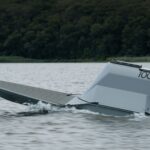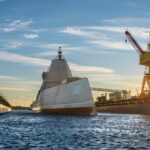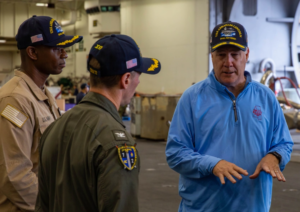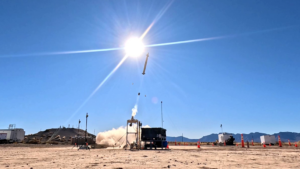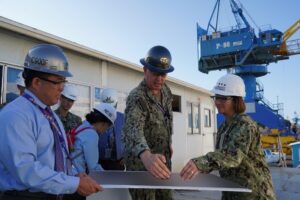
A new Government Accountability Office (GAO) audit found the Navy needs to stick to cost and schedule best practices to maintain accurate estimates for the ballooning costs of its decades-long shipyard upgrade plan. The Navy’s initial cost and schedule estimate for the Shipyard Infrastructure Optimization Program (SIOP), issued in February 2018, was a 20-year effort set to cost $21 billion. However, by March 2023 the Navy told GAO auditors that estimate was not accurate. This new report, published June 28,…

 By
By 